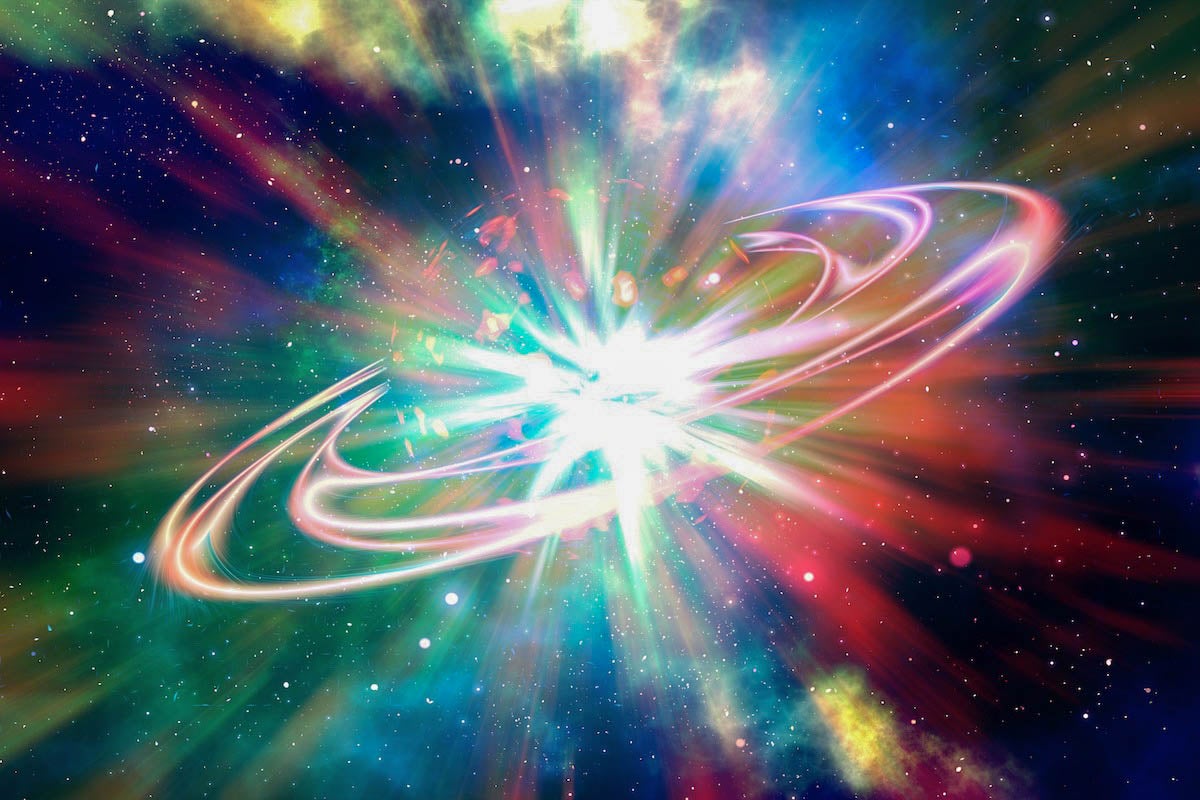The origin of the universe started with the Big Bang, but how the supernova explosion ignited has long been a mystery – until now.
In a new paper appearing today in Science Magazine, researchers detailed the mechanisms that control the transition from a slow subsonic burning to supersonic detonations for terrestrial gas explosions and thermonuclear supernova, similar to what occurred with the Big Bang.
Type Ia supernova are thermonuclear explosions of white dwarf stars that release more energy than the Sun emits in billions of years.
“We defined the critical criteria where we can drive a flame to self-generate its own turbulence, spontaneously accelerate, and transition into detonation,” says Kareem Ahmed, an assistant professor in UCF’s Department of Mechanical and Aerospace Engineering and co-author of the study.
The mechanisms could be involved in both Type Ia supernovas and hypersonic jet propulsion.
“We’re using the turbulence to enhance the burning to the point where it transitions into a violent detonation. The same process is likely to occur in supernovas, which are exploding stars in simple terms,” Ahmed says. “We’re taking a relatively slow flame to where it’s propagating at five times the speed of sound.”
The researcher uncovered the universal criteria for a transition to detonation while exploring methods for hypersonic jet propulsion.
“We explore these supersonic burning regimes for propulsion, and we came across this mechanism that looked very interesting,” he said. “When we started to dig deeper, we realized that this can be general enough to be applied to astrophysical explosions.”
The key is applying the right amount of turbulence to an unconfined flame until starts to generate shocks and self-accelerate to produce a Mach 5 detonation wave.
Applications for the discovery could include faster air and space travel and improved power generation. The discovery was made by using a unique turbulent shock tube that allowed explosions to be created and analyzed in a contained environment. Ultra-high-speed lasers and cameras were used to measure the explosions and help indicate what factors were needed to reach the point where a flame transitions to a detonation.
The turbulent shock tube facility was developed at UCF’s Propulsion and Energy Research Laboratory for testing hypersonic combustion regimes.
Co-authors of the study were Alexei Y. Poludnenko, an associate professor in the University of Connecticut’s Department of Mechanical Engineering and the study’s lead author; Jessica Chambers, a doctoral student in UCF’s Department of Mechanical and Aerospace Engineering; Vadim N. Gamezo, with the Naval Research Laboratory; and Brian D. Taylor, with the Air Force Research Laboratory.
The research was supported with funding from the Air Force Office of Scientific Research. Computing resources were provided by the U.S. Department of Defense High Performance Computing Modernization Program under the Frontier project award, and by the Naval Research Laboratory.
Ahmed earned his doctoral degree in mechanical engineering from University at Buffalo – The State University of New York. He worked at Pratt & Whitney Military Engines and Old Dominion University prior to joining UCF’s Department of Mechanical and Aerospace Engineering, part of the College of Engineering and Computer Science, in 2015. He is a faculty member of The Center for Advanced Turbomachinery and Energy Research, associate fellow of the American Institute of Aeronautics and Astronautics, AFRL Faculty Research Fellow, and a member of UCF’s Energy Conversion and Propulsion Cluster.




